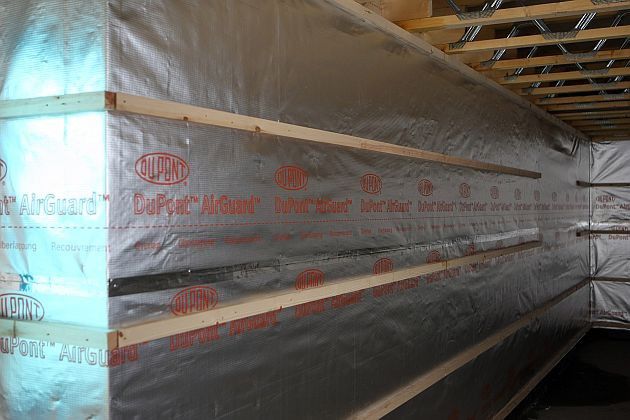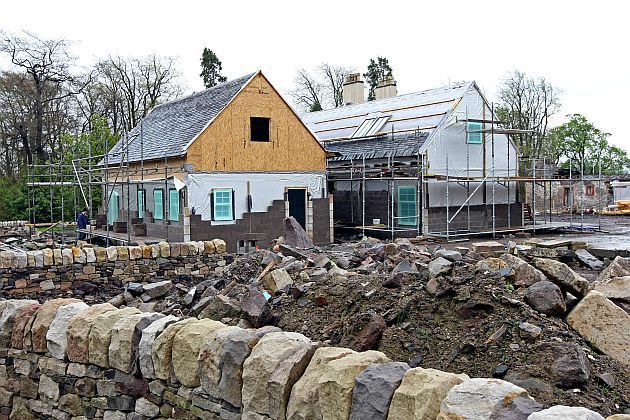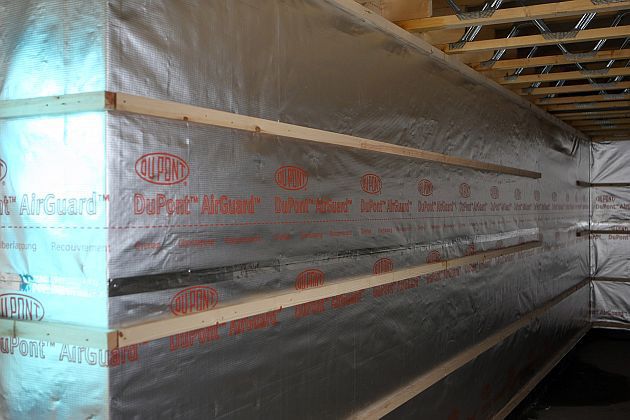Lethame House Aims High With DuPont Membranes
Case Study
Lethame House Aims High with DuPont Building Membrane Solutions

Photo Simon Price for DuPont
For their luxury housing project at Strathaven near Glasgow (Scotland), Apex Developments Ltd. opted for high-class specifications throughout. That included one key feature that isn’t immediately visible – energy efficiency. To provide both moisture and weather proofing and energy efficiency, Apex chose DuPont thermal performance solutions.
The Challenge
The Lethame House development was designed to offer the best of both worlds by combining traditional, locally sourced materials (timber frames, stone cladding and slate roofing) with state-of-the-art energy efficiency. The developers specified a thermal solution that would not just meet, but exceed thermal efficiency and airtightness regulations.



“We chose these membranes because they are renowned as a reliable, durable brand”, said Jim Simpson, Managing Director of Apex Developments. “We have worked with DuPont™ Tyvek® before, and have every faith in the material. We wouldn’t want to gamble on something that might be substandard on a project with such high aims. We want to be confident in handing over the keys to a quality home that will bring enjoyment and value for many generations.”
The Solution
Lethame House combines an array of advanced systems and technologies for all-round energy efficiency. These include geothermal heating systems with 200-metre boreholes, and a modern heat recovery system that keeps energy wastage to a minimum.
Another key component is the high quality DuPont thermal solution, which protects the structure while keeping occupants cooler in summer, and warmer in winter.
Key Advantages
The combination of three lightweight, top quality DuPont building membranes provides all-round protection and thermal efficiency – improving interior comfort while also reducing the carbon footprint.
Internal walls were clad with AirGuard® Reflective, a low-emissivity membrane that is impermeable to air and moisture. During the winter, AirGuard® Reflective plays a key role in preventing heat loss by reflecting up to 95% of internal radiant heat.
For external walls and roofing, two building membranes made of proven Tyvek® were chosen. Tyvek® breather membranes have a unique single-layer construction and are naturally vapour open, yet wind and watertight.
External walls were covered with Tyvek® Reflex, a metallised, low-emissivity membrane. For the roof, Tyvek® Supro breather building membrane was specified.
